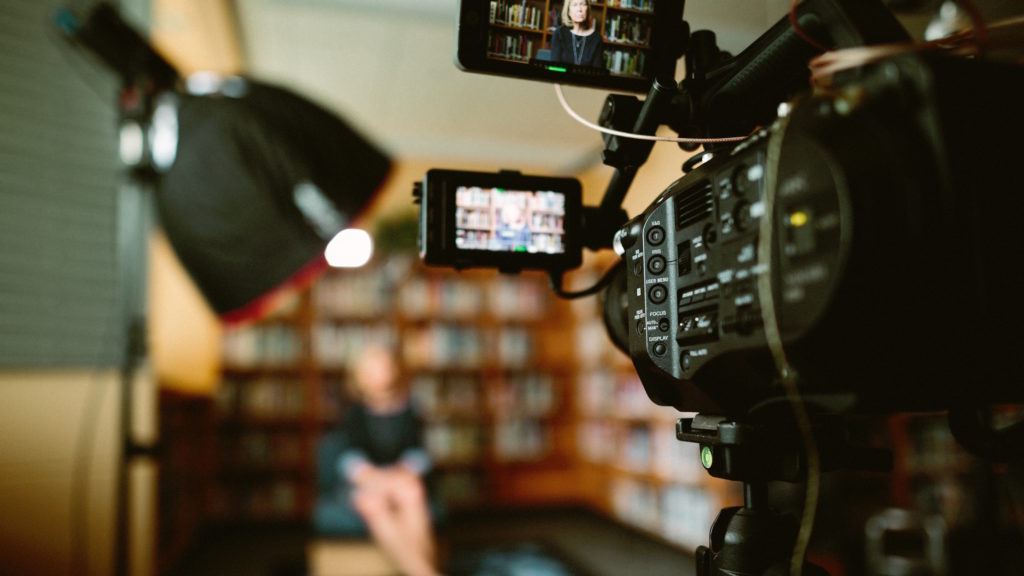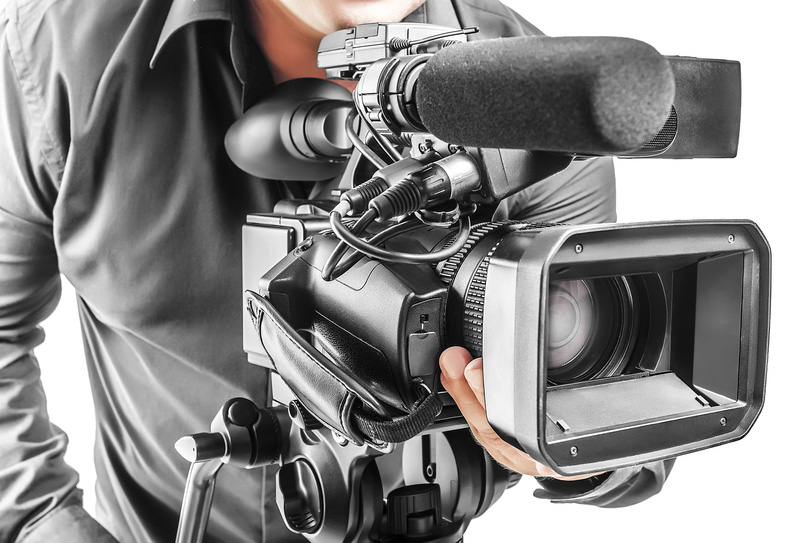Just How Lawful Videography Can Reinforce Your Legal Approach
In the evolving landscape of legal practice, the assimilation of legal videography arises as a considerable tool that can enhance a legal technique. As we explore the nuances of this practice, the question arises: just how can legal videography redefine the way situations are provided and perceived in the court?
Benefits of Legal Videography

Legal videography provides significant advantages in the lawsuits process, improving the general performance of lawful approach. Among the key advantages is the ability to develop a visual record of process, which serves as an effective tool for presenting evidence in court. This visual documentation can catch nuances that could be overlooked in composed records, supplying a much more comprehensive understanding of the situation.
Additionally, lawful videography promotes the conservation of witness statements and depositions, making certain that important statements are kept in their initial context. This is specifically useful in situations where witnesses might come to be unavailable because of unexpected scenarios, as it safeguards the stability of their statements.
Additionally, making use of top quality video clip can significantly improve the interaction of juries and judges. Visual components usually resonate better than message alone, making it easier for lawyers to convey intricate arguments and stories.
Additionally, videography can assist in the development of instance technique, allowing lawyers to evaluate recorded materials and refine their strategies. Eventually, these advantages emphasize the essential role that legal videography plays in modern-day lawsuits, optimizing outcomes and boosting the effectiveness of legal proceedings.
Enhancing Witness Testimonies
Recording witness testimonies on video clip not only maintains the authenticity of their accounts yet also boosts the influence of their declarations during legal proceedings. Video documentation allows jurors and judges to regard the nuances of a witness's demeanor, body movement, and emotional expressions, which can be critical in evaluating trustworthiness and dependability.
Furthermore, the visual aspect of videography can develop a more interesting story, permitting the jury to get in touch with the testimony on an individual degree. This link can substantially affect their understanding and retention of the information offered.
Legal videography likewise serves to decrease the potential for false impression or miscommunication that can accompany written records alone. By providing a clear and direct portrayal of the witness's account, it decreases obscurity and makes certain that the statement is shared as meant.

Capturing Depositions Efficiently
Reliable deposition catching is an important part of the lawsuits process, complementing the improved witness testimonies reviewed formerly. The key goal of catching depositions is to produce an accurate and trustworthy record that can be utilized throughout the lawful procedures. To achieve this, legal videographers need to employ premium devices and techniques that ensure clearness in both sound and aesthetic elements.
A well-executed deposition requires careful planning and sychronisation. The videographer needs to show up very early to establish equipment, check lights, and test sound levels. This prep work reduces interruptions and permits the deposition to continue efficiently. In addition, selecting a proper background and ensuring that all participants are mounted correctly can improve the professionalism of the recording.
Throughout the deposition, it is vital to preserve a neutral important source temperament, enabling witnesses to express their statements without interference - legal videography. Catching non-verbal hints, such as body movement and facial expressions, adds deepness to the taped testament, giving important context for later analysis. Ultimately, reliable deposition catching not only enhances the legal method yet also acts as a powerful device for offering an engaging narrative in the courtroom
Providing Evidence in Court
In the court room, the discussion of proof plays a pivotal function fit the narrative of a case. Lawful videography improves this procedure by providing a vibrant and engaging means of providing important evidence, especially through depositions and witness statements. Top notch video clip recordings enable jurors to observe not just the material of the statement but additionally the behavior, tone, and body language of the witnesses. This multi-dimensional technique can substantially impact the jury's understanding of reputation and integrity.
Furthermore, using lawful videography makes certain that the evidence exists constantly and precisely, reducing the danger of false impression that can accompany traditional approaches. Jurors can revisit video clip evidence during considerations, enabling them to engage even more deeply with the material. In addition, lawful videography can assist in showing intricate scenarios or technological details, making it more recommended you read easily accessible to the click for info jury.
Improving Court Engagement
Via the strategic use of legal videography, lawyers can substantially enhance jury involvement throughout tests. Aesthetic narration functions as a powerful tool to record the court's focus and communicate complicated details in an available way. By including video evidence, attorneys can create a more immersive experience that reverberates with jurors, promoting far better understanding of the instance.
Lawful videography can showcase witness testaments and professional evaluations in an engaging format, permitting jurors to link psychologically with the narratives presented. This connection promotes a feeling of participation and financial investment in the process, which can inevitably influence their understandings and decisions. Video evidence can simplify elaborate details, making it less complicated for jurors to retain important info.

Conclusion
In final thought, lawful videography offers as an essential device in the legal procedure, boosting the total performance of lawful strategies. The assimilation of videography into lawful method is therefore both advantageous and tactical.